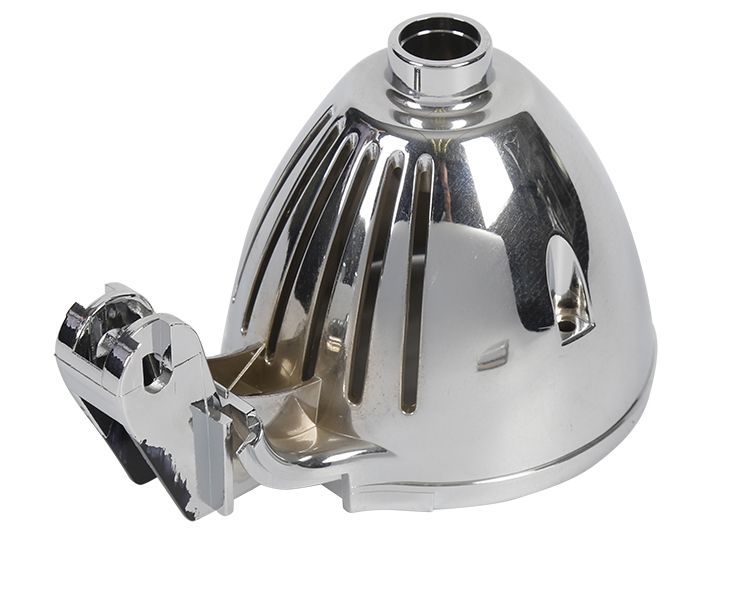Hull cell test
Due to the good effect of the Hull cell test, the simple operation, the small volume of solution required, and the change of the coating condition can be observed in a wide range of current density during one test process, and the approximate appearance of the qualified coating can be quickly determined. Current density value and other process conditions (such as temperature, pH value, etc.) are commonly used test methods for bath maintenance, control, correction, and new process tests. Therefore, Hull cells are widely used to study the influence of the main components of the solution, the content of additives, and the process conditions, and to find out the reasons for electroplating failures inside the plating solution. In addition, the Hull cell can also be used to study the dispersion ability, covering ability, leveling, toughness, and corrosion resistance of the plating solution. It is very convenient to comprehensively evaluate the performance of the plating solution
The tank volume of the Hull tank can generally be divided into five types: 250mL, 267mL, 320mL, 534mL, and 1000mL. In fact, the 250mL tank and the 320mL tank are the same as the 267mL standard tank, only in the tank The height of the liquid level is different: the liquid level of the 250mL tank is 45mm, and the liquid level of the 267mL tank is 48mm, and the liquid level of the 320mL tank is 57mm. The 250mL Hull tank is commonly used in my country, while the 267mL Hull tank is mainly used in the United States, and the 320mL Hull tank is mainly used in the United Kingdom. That is the concentration equivalent to 1 oz/gallon (US), which is more convenient to convert. In Germany, 250mL and 1000mL Hull tanks (standardized as early as 1958) are used.
The cathode test piece material of the Hull cell test can be selected from stainless steel, copper sheet, brass sheet, or steel test piece according to the different plating solutions. The size of the cathode test piece is 101mm×63mm and the thickness is 0.2mm~1mm. The size of the anode plate in the Hull cell is 63mm×63mm, and the thickness is about 1mm. Its material is the same as the anode material used in production. For easy passivation, it can be made into a corrugated or meshed shape to increase the anode area. The surface condition of the Hull groove test piece should be as same as possible to facilitate comparison. Generally, the test piece should be wiped with the same number of water sandpaper (such as 320# or 400#) before the test. The sanding direction should be the same, and the sand pattern should be consistent. To be straight, the test pieces that have been sanded with water must be rinsed with water to remove solid particles and activated with acid to prevent abnormal phenomena.
Hull Cell Test for Diagnosis of Plastic Plating Failures

